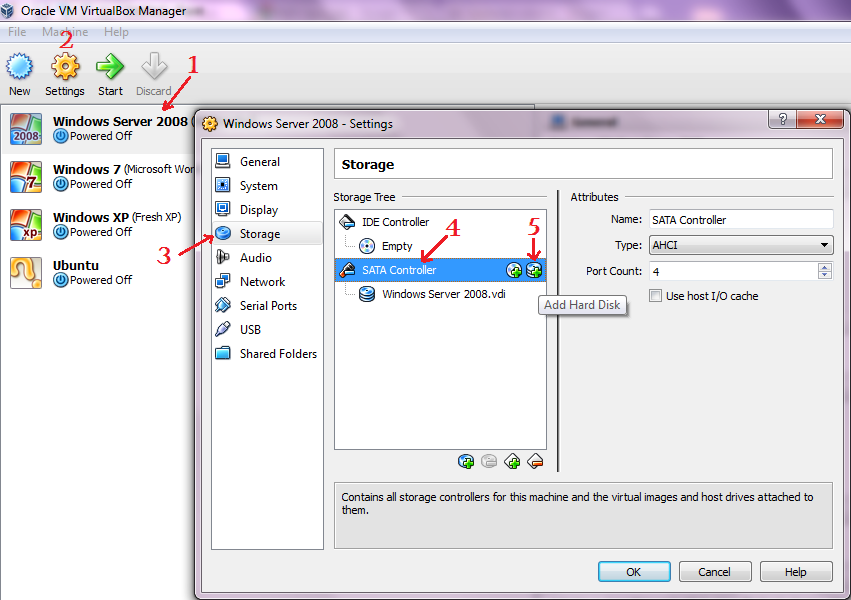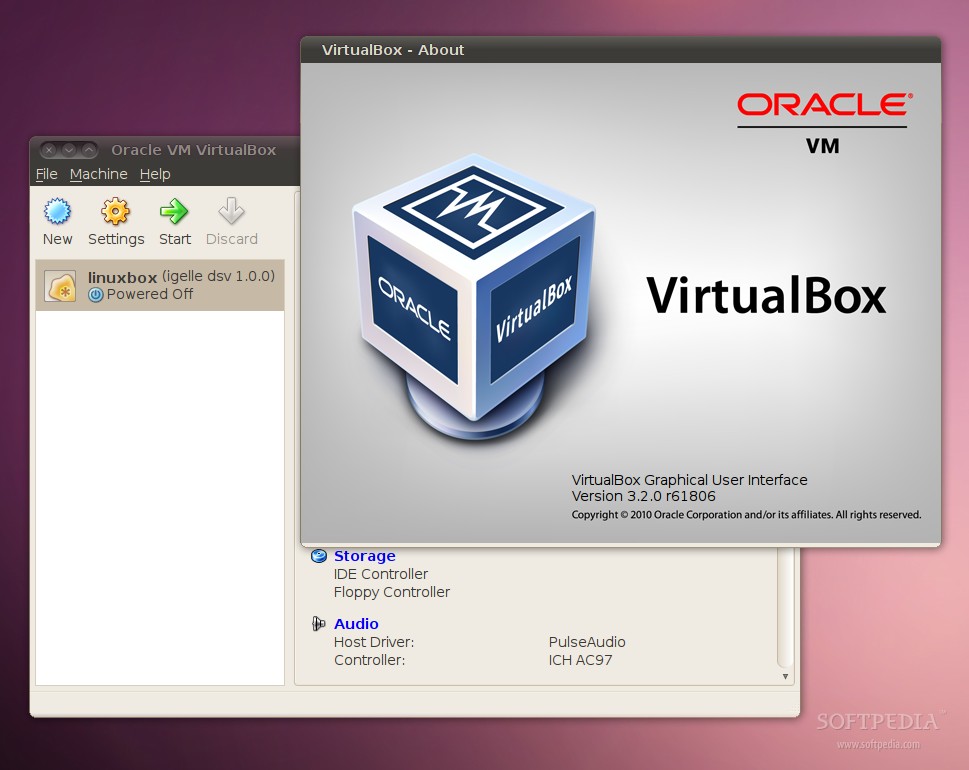
In the Windows Features window, you’re able to enable or disable certain Windows features, including Hyper-V. In the Run dialog box, type optionalupdates.exe, then click OK. You can do this quickly by pressing the Windows key + R on your keyboard. To enable Hyper-V Manager, you’ll need to first open the Run dialog box. To use virtualization using Hyper-V, you’ll need to switch it on. You don’t need additional software to create a virtual machine, but Hyper-V isn’t usually enabled by default. Hyper-V is the built-in tool for creating and using virtual machines on Windows 11. If you can’t enable Hyper-V, you’ll need to use an alternative method for creating virtual machines, such as VirtualBox. To get the feature, you can upgrade from Windows 11 Home to Pro. Windows 11 Pro or higher installed: The Home version of Windows 11 doesn’t support the necessary Hyper-V Manager.Look for “ System Configuration,” “ Virtual Technology,” or something similar and enable these settings if they aren’t already.

For most users, however, you’ll need to hit F2, F10, or another function key as your PC is booting up. The steps for this will vary, so consult your manufacturer’s manual or support site.

It allows you to install a full version of an OS different from the one running on the host machine. A virtual machine (VM) acts like any normal computer, with its own virtual RAM, disk space, network connection, and more.


 0 kommentar(er)
0 kommentar(er)
